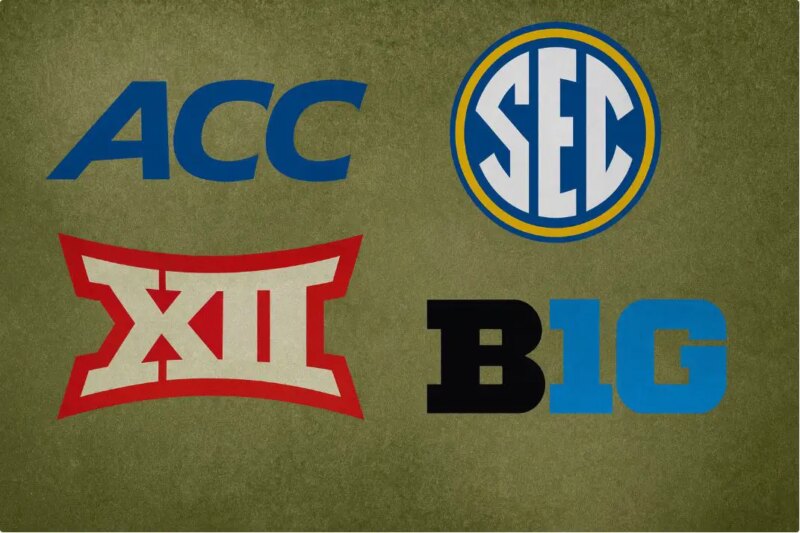College Football Playoff: How the 12-Team Format Works
Every year, the inclusion of teams into the College Football Playoff have been a
source of controversy and dispute. When there were only four teams included in
the event, it was an especially hot topic.
Now the field has expanded to twelve teams, which may have quieted the arguments
a little, although not completely. Last year’s selection of teams like Indiana
and SMU was not greeted warmly by some.
But players at offshore sportsbooks would — or at least should — agree that twelve teams is better than four.
This year the format will continue, although it may change next year, perhaps
expanding to 14 teams or more. But no, there is little chance that the field
will become as big as the NCAA Basketball Tournament.
Incidentally, in the way of nomenclature, the title the schools are playing for
is not the NCAA Football Championship, but the College Football Playoff National Championship.
What does the format look like?
In the present format, there will be byes awarded to the teams that are ranked
in the top four spots in the tournament committee’s Top 25, regardless of conference
affiliation.
The other eight teams, which are seeded 5 through 12, and they will play each other according to their seeding. To illustrate this, the 5 seed will play the 12 seed, the 6 against the 11, the 7 versus 10 and the 8 against the 9. In all those games, the higher-seeded team will play at their home venue. To illustrate this:
- 5 seed vs. 12 seed
- 6 seed vs. 11 seed
- 7 seed vs. 10 seed
- 8 seed vs. 9 seed
Four winners will emerge from those games, and they will move on to play the top
four seeds. This is when the inclusion of bowl games comes into play.
The quarterfinal and semifinal games in this playoff tournament constitute the
“New Year’s Six” bowls that we have come to know over the years.
Schedule Overview
- – — First Round (on-campus; not tied to bowls)
- — Cotton Bowl (Quarterfinal)
- — Orange Bowl, Rose Bowl, Sugar Bowl (Quarterfinals)
- — Fiesta Bowl (Semifinal)
- — Peach Bowl (Semifinal)
- — National Championship at Hard Rock Stadium (not a bowl)
So how are the participants arrived at?
The first thing to understand is that while the Associated Press or Coaches’ polls exist and get coverage, they carry no weight with who is selected or seeded in the College Football Playoff.
Instead, there is a rather large committee of distinguished individuals who will determine the teams that will qualify.
Their first step involves the playoff rankings, which come in the form of a Top 25, which is released every Tuesday in the second half of the season. For any CFP aspirant, this is the only “poll” that matters.
There are a number of factors that go into consideration when it comes to these rankings. One of those is obviously the team’s record. But it’s also who that record was compiled against. So the strength of schedule comes into it. Quality of opposition has quite a bit to do with how good a team is.
Did a team win its conference or finish as a conference finalist? Certainly if it’s a power conference that would go a long way toward getting to the tournament. The “Power 4” conferences (Big Ten, Big 12, ACC, SEC) are always going to be well-represented. And they are ranked in terms of strength, which will be reflected in how many teams in those leagues will gain a berth.
Factors the committee considers include:
- Overall record and who that record was compiled against (strength of schedule)
- Conference championships and conference finalists
- Quality of opposition and comparative results among the Power 4 (Big Ten, Big 12, ACC, SEC)
- League strength, reflected in the number of berths earned
You’ll get the hang of it. Follow along all season!








